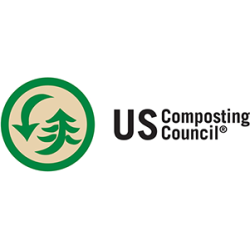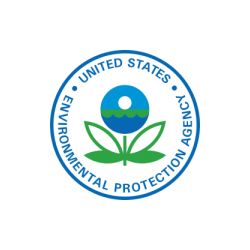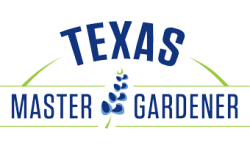How Soil Therapy Compost™ is Made
Soil Therapy Compost™ is produced by the Angelina & Neches River Authority, at its Neches Compost Facility (NCF), located 8 miles west of the City of Jacksonville, on Hwy 79.
The composting process begins by mixing the four basic elements necessary for bacterial growth: Nitrogen, Carbon, Water, and Oxygen.
Of the four elements represented in the process, a ratio of 2 parts wood waste (carbon) to 1 part wastewater sludge (nitrogen) are mixed together in a windrow. Each windrow is approximately ninety feet (90′) to two hundred feet (200′) in length.
Once the correct ratio has been obtained, a windrow turner mixes the material until thoroughly blended. The moisture content is kept at a level of 40 – 60%, which will trigger the growth of good bacteria and start the decomposition process.
Once the decomposition process begins, typically within 72 hours, the temperature inside the windrow core can reach as high as 170 degrees Fahrenheit.
After the core temperature reaches 131 degrees, the countdown begins. Each windrow must maintain a minimum required temperature of 131 degrees for a minimum of 15 consecutive days in order to reduce the number of pathogens (bad bacteria) present in the windrow. Each windrow will be turned a minimum of five times during this process to ensure that pathogens are redistributed to the windrow core and destroyed by the extreme core temperatures.
After the 15-day period, the windrow is transferred off the containment pad to a stockpile and stored for an additional 30 to 45 days for curing. Once cured, laboratory testing is conducted to ensure that the pathogens have been reduced to appropriate levels established by the Texas Commission on Environmental Quality. The process of maturing will continue for a period of weeks to months, depending on moisture content and ambient temperatures.
After maturity, the windrow will be processed through a deck screen to remove the larger wood particles. The finer material produced is then ready for sale.
The composting process converts what would otherwise be considered a waste material into a beneficial soil amendment that is a safe, affordable, and environmentally sound product.
Our History: Concept to Completion
The idea of NCF was first conceived in February 1992, as a means of protecting the environment by reducing landfill capacity, preserving water quality, and beneficially reusing wastewater treatment plant biosolids and wood waste through the composting process.
Initially, more than 20 entities participated in a planning study to determine the viability of constructing a regional composting facility in the East Texas area, and in November 1996, the facility became a reality when six participants signed long-term agreements for operation and debt service.
In the spring of 1998, the Authority began construction on the facility and NCF was officially opened in August of 2000. The facility receives municipal wastewater biosolids from five participants, then uses a well-documented biological process that converts biosolids and wood waste into compost.
The facility was originally designed to receive and compost 1.3 million dry pounds – or 2,600 cubic yards – of biosolid sludge from its participant cities and nearly 5,000 cubic yards of tree trimmings and wood waste material annually. The facility had the ability to produce between 5,000 and 7,000 cubic yards of finished compost on an annual basis.
Since the original construction, the facility has undergone several upgrades. These include covering the existing compost processing area with concrete for additional ground water protection, and an added metal roof. These improvements included approximately 50,000 square feet of concrete surface area and 45,000 square feet of metal roof. In addition, there have been several equipment upgrades to make the process more efficient. All of these improvements have increased treatment capacity of biosolids treated to approximately 3 million dry pounds – or 5,500 cubic yards and consume nearly 11,000 cubic yards of tree trimmings and wood waste annually.
In 2016, the Authority began a second capital improvement project to increase safety and to meet regulatory standards, by installing a water well and fire suppression system. This project was completed in 2022.
Since the facility began operation 22 years ago, it is estimated that 78.6 million dry pounds – or 293,285 cubic yards – of biosolids and 188,116 pounds – or 198,399 cubic yards – of wood waste, have been kept out of landfills and recycled into an estimated 132,000 cubic yards of our beneficial and environmentally-friendly Soil Therapy™ products.
Facility Contact Information
- Phone:
- 903-584-3415
- Email:
- Mail:
- Soil Therapy Compost
C/O ANRA
2901 N John Redditt Dr.
Lufkin, Texas 75904
Request a Tour
NCF is open for public tours
(minimum of 10 people required).
Facility Map
1992
The idea of NCF was first conceived.
1996
Six participants sign long-term agreements for operation and maintenance of the facility.
1998
The Authority begins construction of the original facility
2000
The Authority approves substantial completion of the facility and NCF officially opens for business.
2004
The Authority begins a capital improvement project to expand and enhance the operation of the facility.
2022
NCF purchases a new vibrating deck screen and drills a new water well to serve the facility.






